China year 1998 stamps Xilingguole Grasslands MSS Mint never hinged **
The Xilinguole Grassland, also spelled Xilingol or Xilin Gol, is one of the largest grasslands in China, located in the Inner Mongolia Autonomous Region. Covering an area of over 200,000 square kilometers, it is renowned for its vast open spaces, rolling hills, and rich pastoral landscapes.
Here are some key points about the Xilinguole Grassland:
- Geography: The Xilinguole Grassland stretches across parts of Xilinguole League and neighboring regions in Inner Mongolia. It is characterized by its expansive grassy plains, scattered with patches of forests, wetlands, and rivers.
- Nomadic Culture: Traditionally, the Xilinguole Grassland has been inhabited by nomadic pastoralists, primarily Mongolian herders who raise livestock such as sheep, cattle, horses, and yaks. Their semi-nomadic way of life revolves around seasonal movements with their herds in search of grazing land.
- Biodiversity: The grassland is home to a diverse range of plant and animal species, adapted to its unique ecological conditions. It supports a variety of grasses, shrubs, and herbs, providing habitat for wildlife such as Mongolian gazelles, marmots, wolves, and numerous bird species.
- Tourism: In recent years, the Xilinguole Grassland has become a popular tourist destination, offering visitors the opportunity to experience traditional Mongolian culture, explore the vast landscapes, and participate in activities such as horseback riding, camel trekking, and yurt camping.
- Environmental Challenges: Like many grasslands around the world, the Xilinguole Grassland faces environmental challenges such as overgrazing, desertification, and habitat degradation. Efforts are underway to implement sustainable land management practices and conservation measures to protect the grassland ecosystem.
Overall, the Xilinguole Grassland is not only a scenic and culturally significant area but also an important ecological landscape that plays a crucial role in the conservation of biodiversity and the preservation of traditional nomadic ways of life.

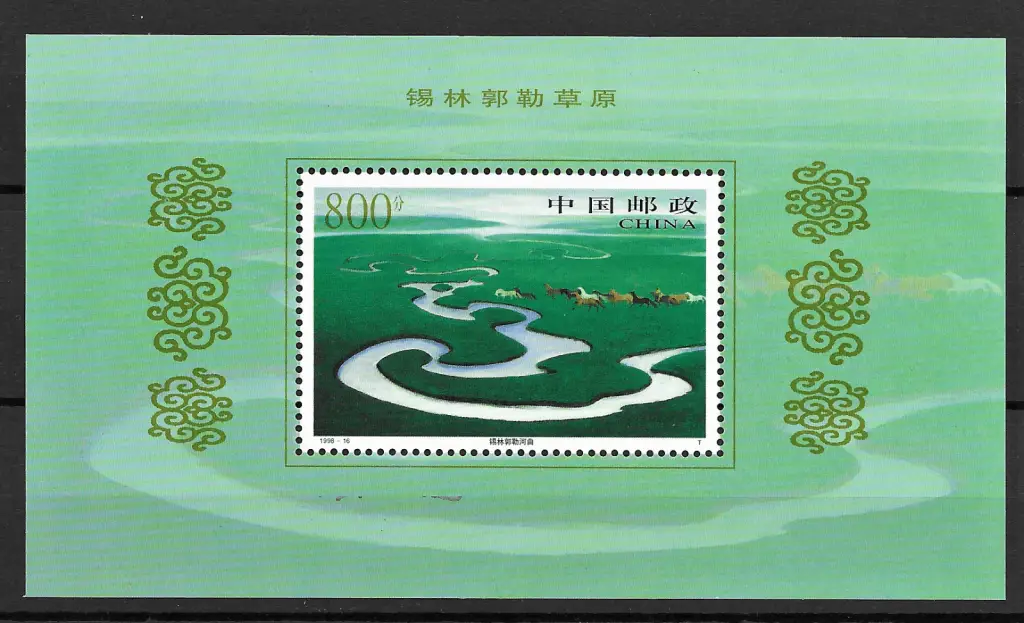
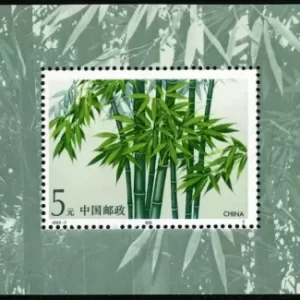
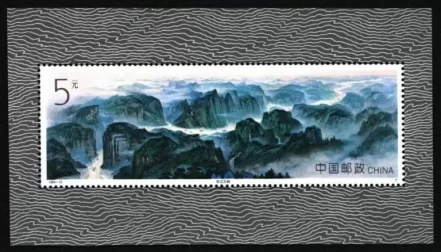
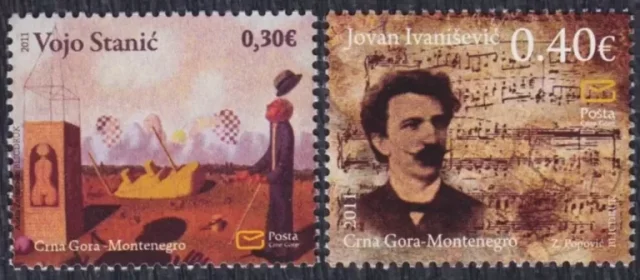

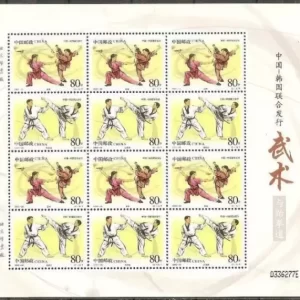


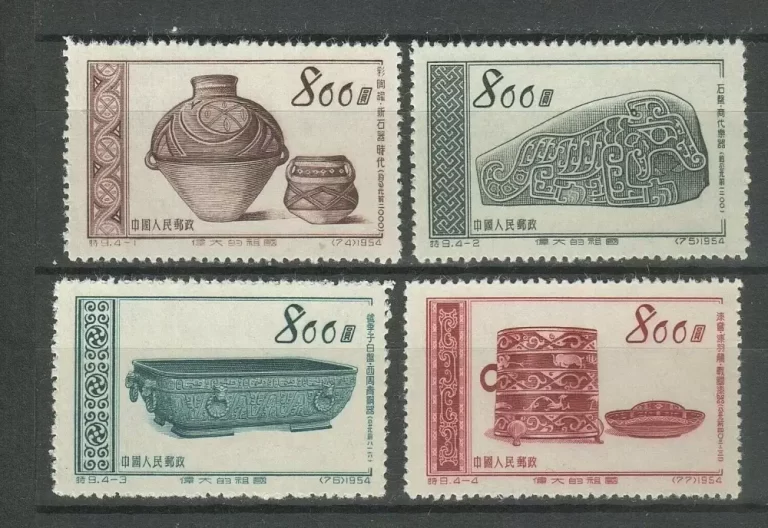
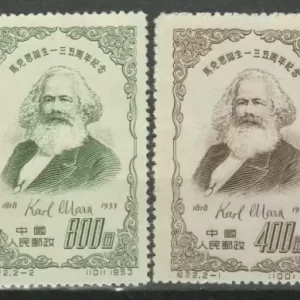

Reviews
There are no reviews yet.